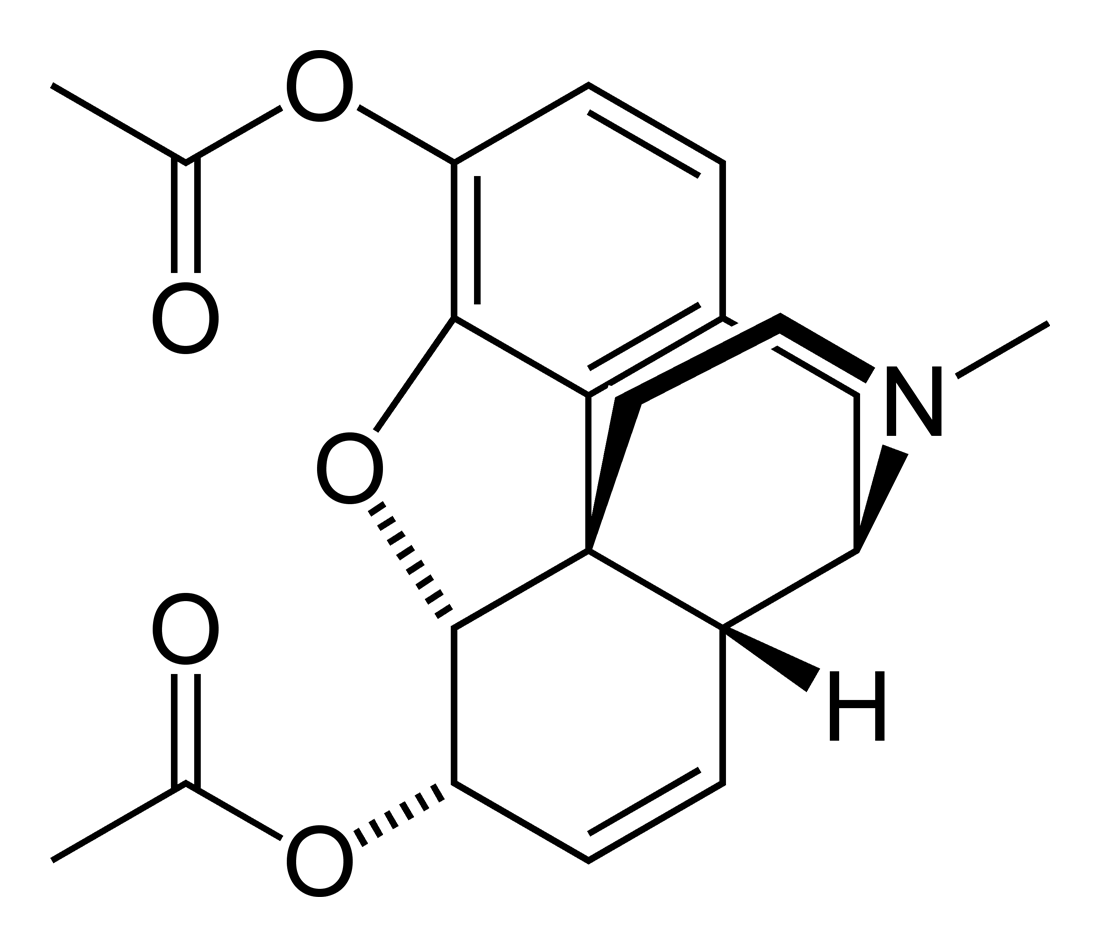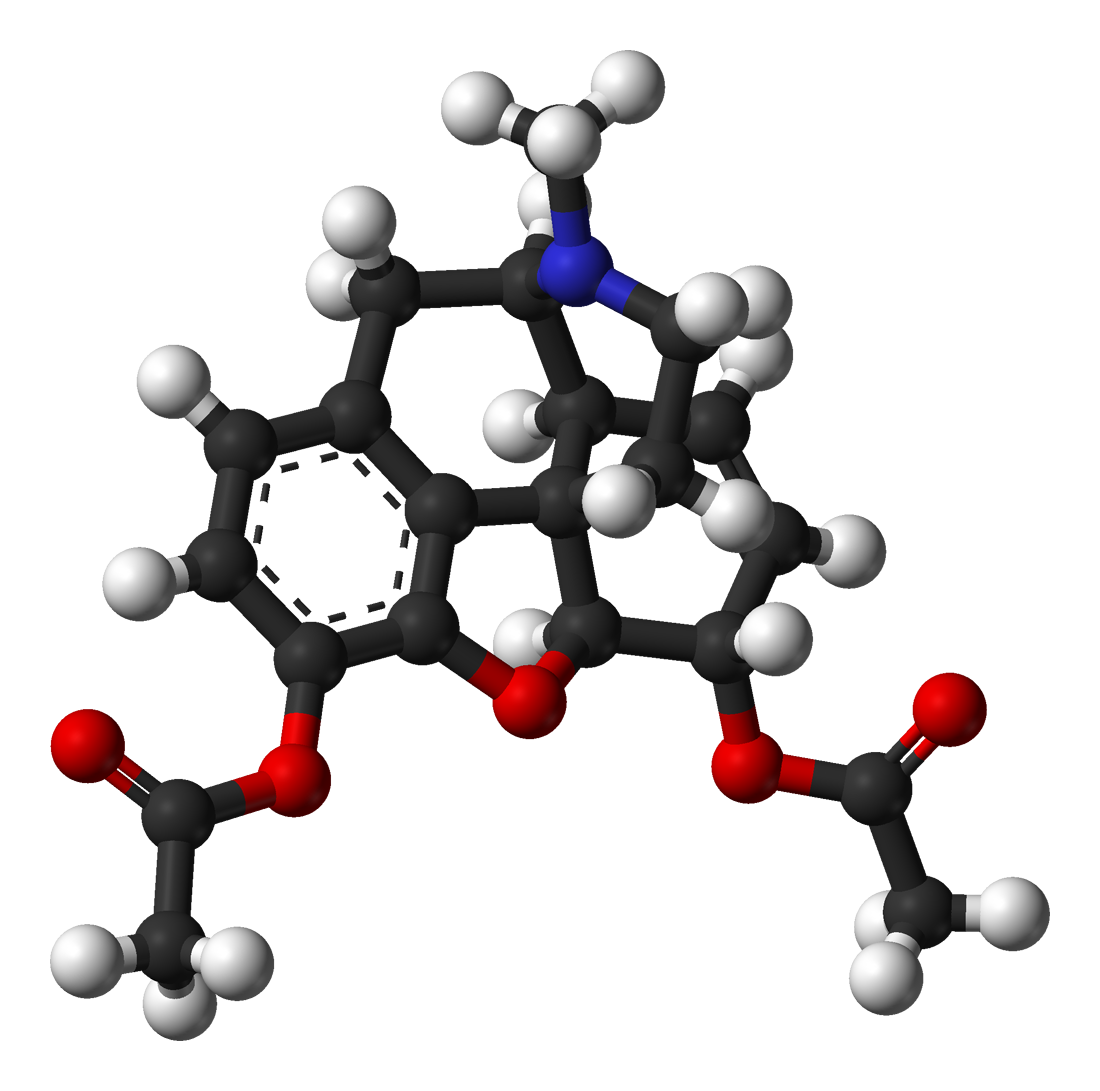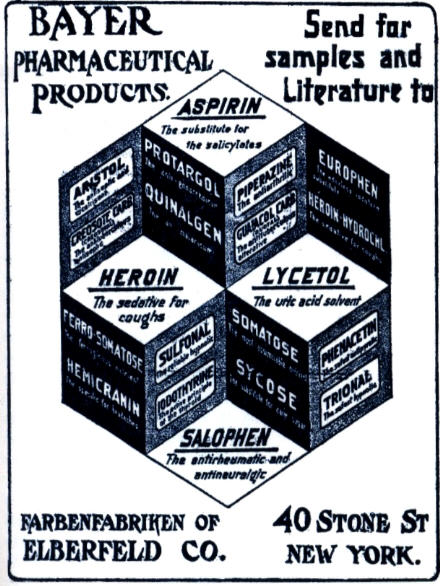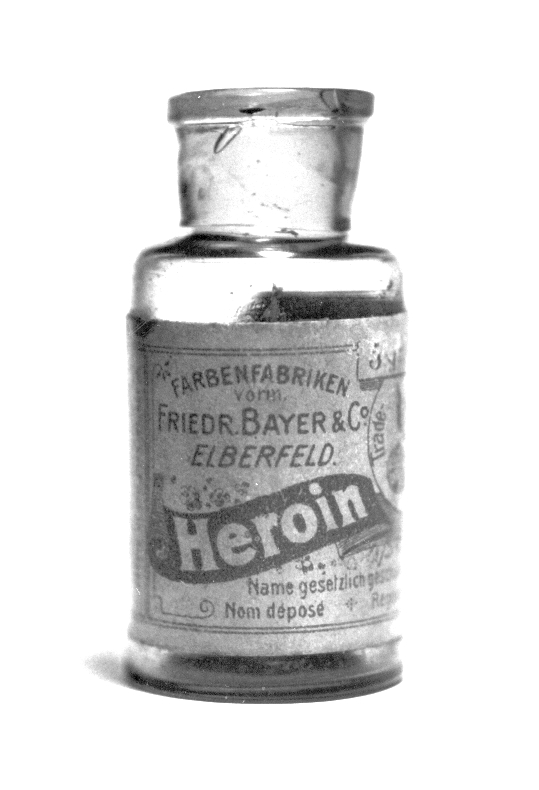Introduction | Discovery | Chemical Composition
Usage | Historical Significance
In terms historical significance, the use of heroin has a great cultural and economic impact.
Cultural:
The drug has inspired countless writers, musicians and other artists over the past century worldwide. References to heroin feature in a variety of films and music works. The epitome of which are the movies “Trainspotting” and “Requiem for a Dream” which portray stories of heroin addits and the consequences of drug abuse. Many music artists have been influenced by the heroin. The list includes John Lennon, David Bowie, and Ray Charles. The drug is also associated with the death of Kurt Cobein and John Belushi, both of whom died as a consequence of a heroin-cocaine overdose.
Economic:
The economic impact of heroin is a result of its cultivation in Third-World contries and subsequencly, its trafficing to the Western World. Since the drug is extracted from the opium poppy plant, its history is tightly linked to the trade of opium and the conflicts resulting from it. Nowadays, the drug channels profits to countires like Afghanistan (the major supplier of heroin) where they are used by local warlords for underground purposes.
[Read more →]
Categories: Heroin
April 24th, 2008 · 1 Comment
Introduction | Discovery | Chemical Composition
Usage | Historical Significance
Once in the brain, heroin is rapidly metabolized into morphine by removal of the acetyl groups. The morphine molecule then binds with the opioid receptors in the brain and produces the subjective effects of the heroin high. Large doses can make users relaxed and drowsy. Heroin use also causes lack of concentration, suppresses pain, and sometimes induces anxiety and fear. Large doses of heroin can be fatal.
Short-Term Effects
- “Rush”
- Depressed respiration
- Clouded mental functioning
- Nausea and vomiting
- Suppression of pain
- Spontaneous abortion
Long-Term Effects
- Addiction
- Infectious diseases, HIV/AIDS and hepatitis B and C
- Collapsed veins
- Bacterial Infections
- Abscesses
- Infection of heart lining and valves
- Arthritis and other rheumatologic problems
[Read more →]
Categories: Heroin
Introduction | Discovery | Chemical Composition
Usage | Historical Significance
Chemical Formula: C21H23NO5

Formal Chemical Name (IUPAC):
7,8-didehydro-4,5-epoxy-17-methylmorphinan-
3,6-diol diacetate
Heroin is the 3,6-diacetyl derivative of morphine (hence diacetylmorphine) and is synthesised from it by acetylation.
A molecule of heroin is made up of 21 atoms of carbon, 23 atoms of hydrogen, 1 atom of nitrogen, and 5 atoms of oxygen. There are six double bonds within each molecule, and the rest of the bonds are single. 
Precent composition by mass: 68.28% Carbon, 6.28% Hydrogen, 3.79% Nitrogen, 21.65% Oxygen.
Properties:
Heroin is a white and sometimes brownish, odorless compound and is a highly addicive narcotic when abused.
[Read more →]
Categories: Heroin
April 24th, 2008 · Comments Off on Discovery
Introduction | Discovery | Chemical Composition
Usage | Historical Significance

Heroin was first processed in 1874 by C.R. Alder Wright, an English chemist working at a medical school in London.
Wright’s invention, however, did not lead to any further developments, and heroin only became popular after it was independently re-synthesized 23 years later by another chemist, Felix Hoffman working at the German pharmaceutical company Bayer.
Bayer would name the substance “heroin”, which came from the word heroisch, German for heroic, because in field studies people using the medicine felt “heroic”.

In the beginning, heroin was marketed as a non-addictive substitute for morphine and a cough-supressant drug for children. It was only in 1910 that the addictive qualities of the drug were realized and the free distribution of the drug banned.
[Read more →]
Categories: Heroin
Introduction | Discovery | Chemical Composition
Usage | Historical Significance
Heroin is an opiate made from the chemical morphine, extracted from the opium poppy. The drug is extremely fast acting and within seconds results in the feeling of extreme well-being and euphoria.
Heroin is very addictive, both physically and psychologically, and its effects diminish with increased tolerance. Therefore, users must consistently increase the dosage of heroin in order to achieve the same levels of well-being.
In the United States, Heroin is considered a schedule I drug which makes its possession and distribution illegal without a DEA license. Under US law, the possession of heroin results in imprisonment for a minimum of 5 years
.
[Read more →]
Categories: Heroin





